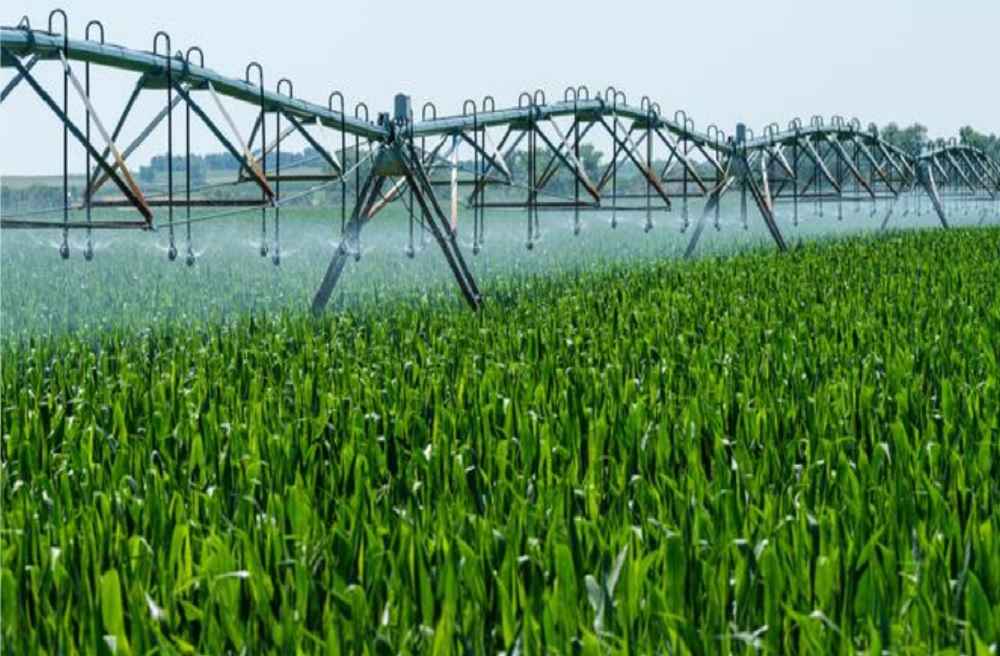
As the state sitting above the largest portion of the United States’ largest aquifer, Nebraska relies on groundwater not just for hydrating but irrigating. In growing corn, soybean and other crops, Nebraska farmers irrigate roughly 60 percent of their fields – more than eight million acres, the most of any U.S. state.
Though groundwater does get replenished by precipitation and snowmelt, human activity has begun to test just how renewable it is. In 2020, the University of Nebraska-Lincoln Conservation and Survey Division reported that, while the volume of groundwater under the eastern half of Nebraska has generally increased over the past four decades, the aquifer under its semiarid western side has instead lost groundwater – in some pockets, 50-plus feet of it. Less groundwater means less irrigation and, by extension, lower crop yields, underscoring the importance of maximizing every drop.
To calculate the irrigation demanded by a given crop in a given locale, researchers rely on equations that factor in evapotranspiration: the water lost by evaporation and via transpiration, whereby water taken up by plants later escapes through leaf-coating pores. After consulting an evapotranspiration value for a so-called reference crop, researchers multiply that value by another number – a coefficient, usually between 0 or 1 – to determine the evapotranspiration (and irrigation needs) of other crops, including corn and soybean.
Some recent research has suggested that the coefficient should decrease when the atmosphere is especially thirsty – when temperature, humidity and other variables make it more prone to suck up moisture from the land below. If true, crops may be losing less water than expected amid higher temperatures, wind speeds and other conditions characteristic of a water-sapping atmosphere, potentially because they close their pores in response.
Researchers from the Daugherty Water for Food Global Institute recently looked into whether the same phenomenon might hold in Nebraska. Ivo Gonçalves and colleagues analyzed a decade of data from an irrigated Nebraska field that rotated between corn and soybean, as many farmers do. The research is published in the International Journal of Biometeorology.
Though coefficients mostly agreed with their commonly accepted guidelines when evapotranspiration was low, those guidelines tended to overestimate the coefficient for both corn and soybean as evapotranspiration surpassed a certain threshold – one crossed during roughly 40 percent of the analyzed timeframe. That was especially the case in 2002 and 2012, years stricken by drought.
The team recommended revising the coefficient values for corn and soybean that are grown under conditions associated with particularly high evapotranspiration. Those revisions could help avoid overestimating the irrigation needed to successfully cultivate the crops, the researchers said – conserving groundwater, saving energy and minimizing agricultural runoff while maintaining yields.